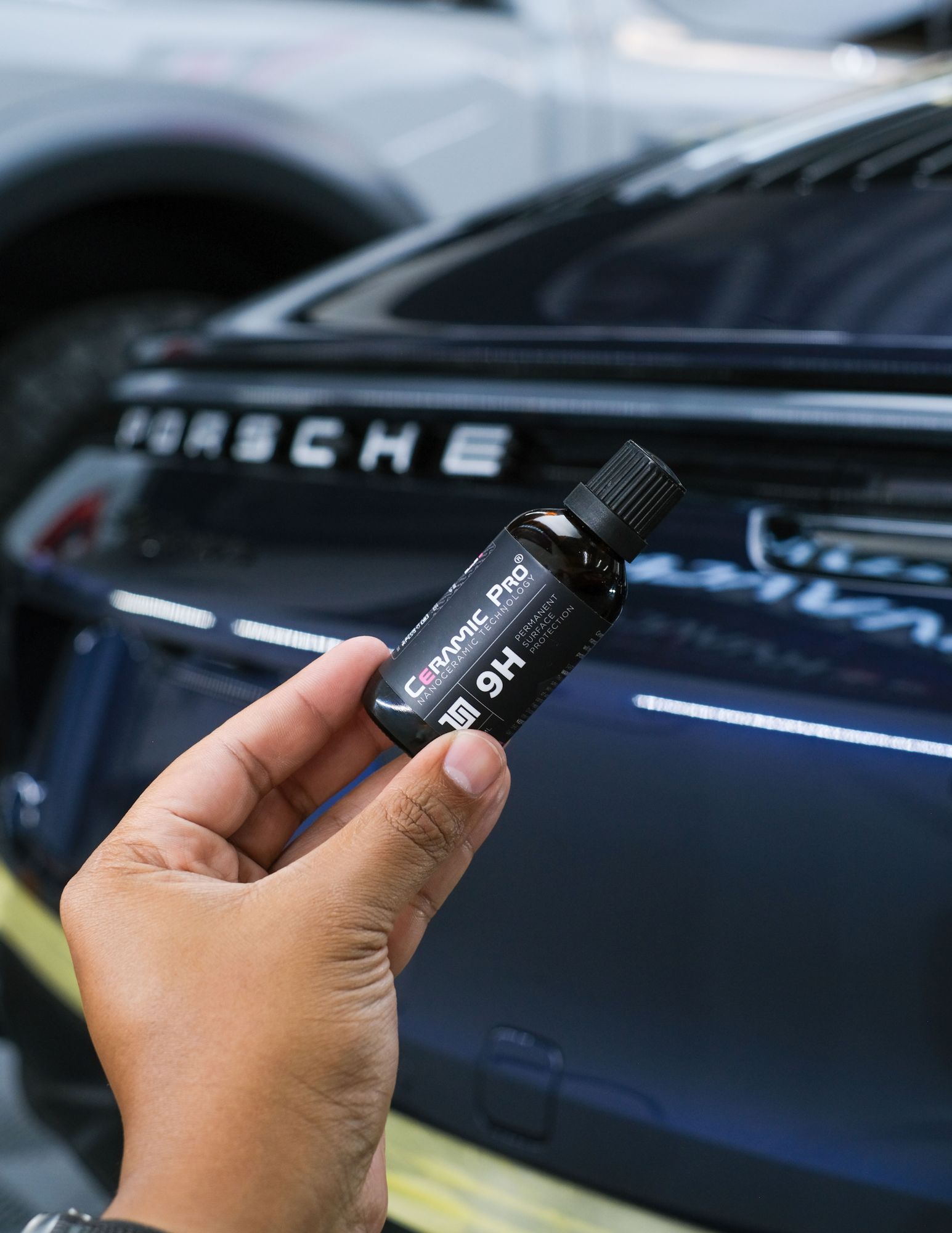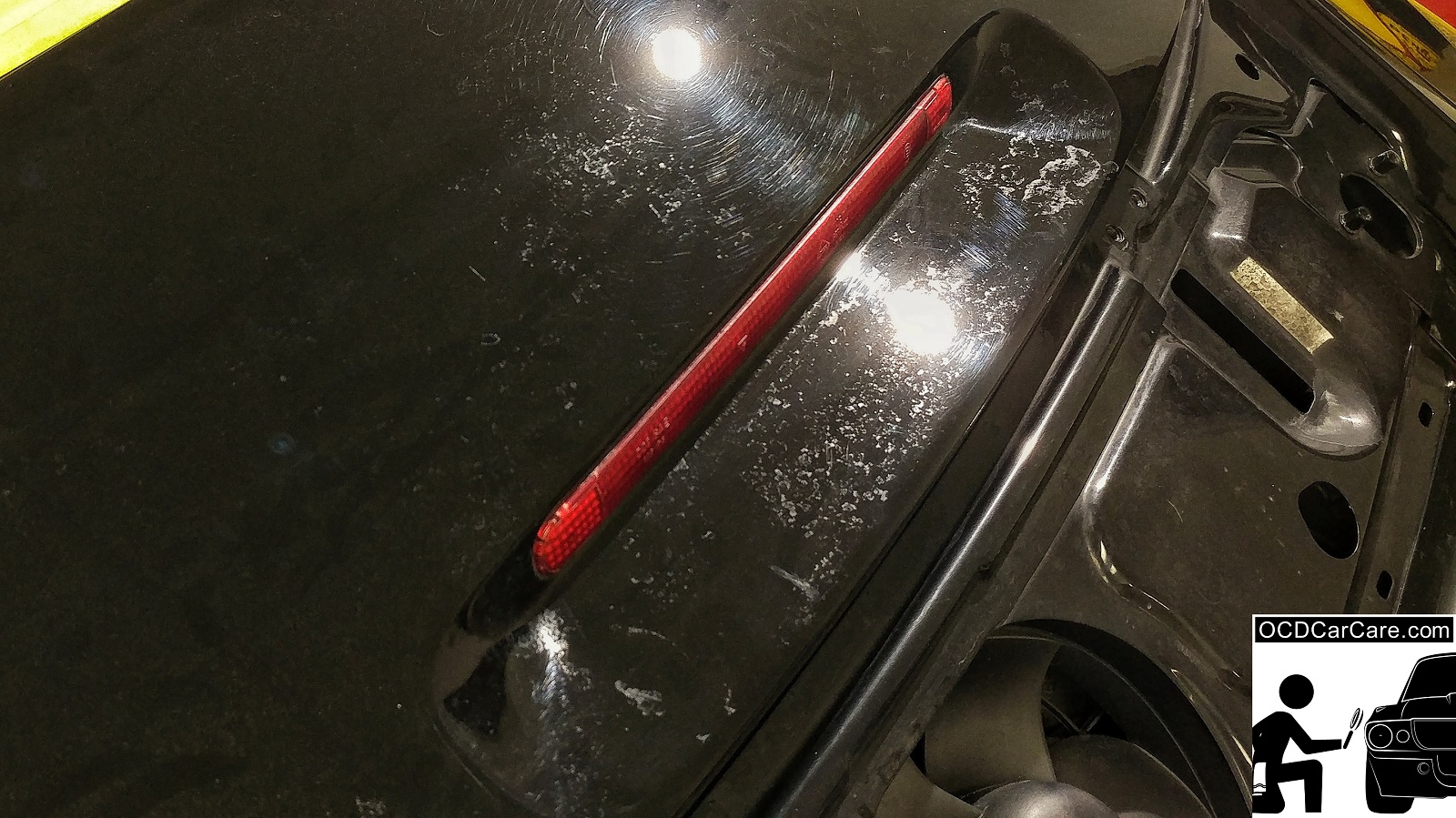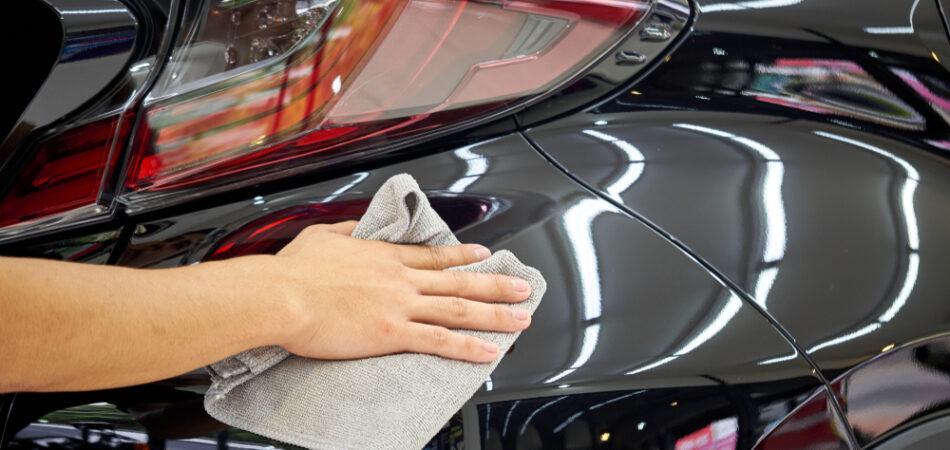How to Apply Ceramic Coating and Achieve Professional Results
How to Apply Ceramic Coating and Achieve Professional Results
Blog Article
Ceramic Layer vs. Traditional Wax: Which Provides Much Better Long-Term Defense?
The discussion between ceramic finishes and traditional wax for lorry defense has actually amassed considerable interest among automobile enthusiasts and experts alike. While both satisfy of protecting paint, their differences in toughness, application, and long-term maintenance prices might affect a consumer's choice. Ceramic coatings flaunt exceptional long life and resistance to environmental elements, yet the complexity of their application questions regarding availability and practicality. As we discover these contrasting choices, it becomes important to take into consideration not just the immediate advantages however additionally the effects for car care with time.
Summary of Ceramic Layer
Ceramic coating has actually acquired considerable appeal among vehicle enthusiasts and detailers alike due to its advanced protective high qualities. This innovative modern technology is made to create a sturdy, hydrophobic shield over a vehicle's paint surface, considerably boosting its resistance to environmental pollutants such as dirt, UV rays, and chemical discolorations. Unlike typical wax, which gives a short-lived layer of defense, ceramic coatings bond at a molecular level with the paint, using lasting sturdiness-- frequently extending past two years with appropriate upkeep.
The application process involves careful preparation of the automobile's surface, consisting of cleansing and polishing to make sure optimal bond. When used, the finish treatments to develop a durable layer that not just includes deepness and gloss to the paint yet additionally streamlines upkeep. With its hydrophobic residential or commercial properties, ceramic finishing enables water and dirt to glide off even more quickly, reducing the regularity of cleans and reducing the risk of swirl marks.
In addition, ceramic coatings are available in different solutions, enabling customers to select products customized to their specific demands and preferences. In general, ceramic layer represents a significant innovation in paint security modern technology, supplying exceptional efficiency compared to standard choices.
Review of Typical Wax
Commonly concerned as a staple in automotive care, wax works as a prominent option for those looking for a straightforward technique to boost and protect their lorry's paint - ceramic coating. Automotive wax normally makes up all-natural components, such as carnauba, or artificial compounds, created to create a protective layer on the surface of the paint. This layer not just improves the car's gloss and shine but also gives a barrier against environmental pollutants
The application of wax is typically user-friendly, making it available for both professionals and DIY fanatics. It can be applied by hand or device, permitting flexibility in the outlining process. As soon as used, wax calls for a treating period, after which it sets to create a safety shell. Wax is also understood for its ability to drive away water, advertising a beading impact that assists in the avoidance of water spots and deterioration.
However, while wax is effective for improving the visual allure of a lorry, it is essential to keep in mind that the security it supplies might necessitate a lot more constant reapplication compared to alternate items, such as ceramic coverings. Generally, conventional wax remains a popular alternative for those prioritizing simplicity of use and immediate aesthetic renovation.
Toughness and Long Life Comparison
While both ceramic layers and standard wax deal protective advantages for automotive paint, their toughness and durability differ dramatically. Standard wax, usually made from all-natural carnauba or artificial polymers, typically supplies a safety layer that lasts around 3 to 6 months. This relatively brief lifespan necessitates regular reapplication to maintain optimum security.
On the other hand, ceramic layers are engineered from innovative nanotechnology, forming a covalent bond with the paint surface. This results in a durable, hydrophobic layer that can sustain for two to 5 years, relying on the product and environmental problems. The exceptional sturdiness of ceramic finishings is attributed to their chemical framework, which uses improved resistance to scrapes, UV rays, and oxidation.

Protection Versus Ecological Aspects
Shielding an automobile's paint from ecological aspects is vital for maintaining its appearance this contact form and worth in time. Automobiles are frequently exposed to a range of elements, including UV rays, bird droppings, tree sap, acid rain, and road gunk, every one of which can compromise the integrity of the paintwork.
Ceramic layers give a durable protection against these environmental aggressors. Unlike standard wax, which can break down quickly under UV exposure, ceramic finishings develop a durable, hydrophobic layer that resists the damaging results of sunlight and toxic wastes. This sophisticated modern technology develops a chemical bond with the automobile's surface, using remarkable protection that lasts for several years, also in severe problems.
Standard wax, while less complicated to apply, usually needs constant reapplication and provides limited resistance to contaminants and UV rays. Gradually, it can damage down, leaving the paint susceptible to scrapes and oxidation. On the other hand, ceramic layers maintain their protective qualities longer, significantly lowering the danger of paint damages and ensuring that the automobile retains its visual charm. Because of this, ceramic finishings are increasingly recognized as the exceptional choice for lasting defense versus environmental variables.
Application and Upkeep Distinctions
The techniques of application and subsequent upkeep for ceramic finishings and typical wax differ significantly, influencing the general customer experience and performance of each product. Ceramic finishings need a more intricate application process, generally including surface area preparation that includes cleaning, decontaminating, and brightening the lorry. When the surface prepares, the ceramic coating is used in a regulated setting, usually requiring specialist expertise to make sure correct treating and bonding to the paint.

While both products improve automobile appearance, the longer-lasting protection offered by ceramic finishings might justify their preliminary financial investment, regardless of the more requiring application process. Conversely, typical wax continues to be a preferred option for those seeking a less complex, albeit temporary, service.

Final Thought
In verdict, ceramic finishings show significant advantages over conventional wax in regards to resilience and ecological protection. With a life expectancy expanding 2 to 5 years and exceptional resistance to UV rays, dirt, and chemical stains, ceramic coverings offer a more reliable solution for long-lasting lorry upkeep. Although the application process might call for expert know-how, the resulting expense financial savings and decreased regularity of reapplication emphasize the worth of ceramic finishings for those looking for optimal lorry protection.
The dispute in between ceramic finishings and typical wax for automobile defense has garnered considerable attention among automobile fanatics and experts alike. Unlike typical wax, which gives internet a momentary layer of protection, ceramic finishes bond at a molecular level with the paint, providing lasting resilience-- often prolonging beyond 2 years with correct upkeep.
While both ceramic coverings and conventional wax deal protective benefits for automotive paint, their resilience and durability vary substantially. For cars and truck lovers looking for lasting security, ceramic coverings present a compelling advantage over typical wax items.
In final thought, ceramic finishings show considerable advantages over conventional wax Go Here in terms of resilience and environmental defense.
Report this page